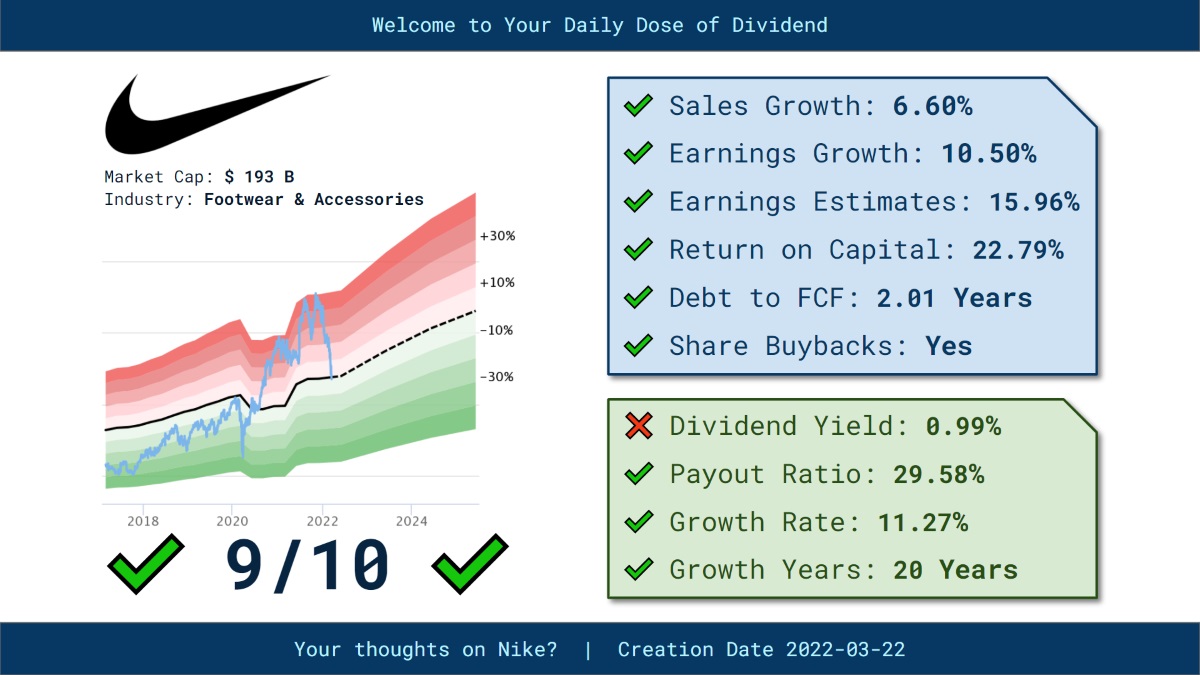Home>Finance>Sandbag: Definition And Examples In Business And Finance


Finance
Sandbag: Definition And Examples In Business And Finance
Published: January 23, 2024
Learn about the definition and examples of sandbagging in the world of finance, and how it can impact businesses and investments.
(Many of the links in this article redirect to a specific reviewed product. Your purchase of these products through affiliate links helps to generate commission for LiveWell, at no extra cost. Learn more)
Welcome to the World of Sandbag: Definition and Examples in Business and Finance
When it comes to the world of business and finance, there are numerous concepts and strategies that professionals need to understand in order to navigate successfully. One such concept is sandbagging, which is a commonly used term in these industries. In this blog post, we will explore the definition of sandbagging, its examples in business and finance, and how it can impact organizations and individuals.
Key Takeaways:
- Sandbagging is a strategy where a party deliberately downplays their position or strength in order to gain an advantage in negotiations or transactions.
- Examples of sandbagging can be seen in merger and acquisition deals, contract negotiations, and investor relations.
What is Sandbagging?
Sandbagging, in the context of business and finance, is a strategy where a party intentionally downplays their position or strength before entering into negotiations or transactions. This tactic is commonly used with the aim of gaining an advantage over the counterparty. By presenting oneself as weaker or less knowledgeable than they actually are, sandbaggers aim to negotiate from a more favorable position and potentially obtain better terms or outcomes.
Sandbagging is comparable to a poker player who feigns weakness, encouraging others to underestimate their hand and make poor decisions. Similarly, in negotiations, sandbagging can deceive the other party into making concessions or providing more favorable terms than they would if they were aware of the sandbagger’s true position.
Examples of Sandbagging in Business and Finance
Sandbagging can be observed in various areas of business and finance. Let’s explore a few common examples:
- Mergers and Acquisitions (M&A): In M&A deals, a company seeking to acquire another might downplay its true financial strength or the potential synergies it can achieve through the merger. By doing so, the acquiring company increases the likelihood of securing a lower purchase price or better terms in the deal.
- Contract Negotiations: During contract negotiations, a party may intentionally understate their abilities or resources in order to negotiate a more advantageous agreement. For example, a service provider could downplay the extent of their capabilities, leading the counterpart to agree to lower fees or more favorable terms than they would otherwise receive.
- Investor Relations: In the world of finance, publicly traded companies may try to dampen expectations of their future performance in order to surprise investors with positive results. This sandbagging approach can boost stock prices as investors react positively to results that exceed their lowered expectations.
These are just a few examples, but they highlight the versatility of the sandbagging strategy and its potential influence on negotiations and outcomes in business and finance.
The Impact of Sandbagging
Sandbagging can have significant implications for both individuals and organizations. For instance:
- Strategic Advantage: By deliberately understating their position, sandbaggers gain a strategic advantage in negotiations, allowing them to secure more favorable terms or outcomes.
- Trust and Reputation: Sandbagging can potentially damage trust and reputation, especially if the sandbagger’s deception is discovered. The counterparty may feel misled and develop skepticism toward future business dealings with the sandbagger.
- Legal and Ethical Considerations: While sandbagging is a commonly used strategy, it can border on the legal and ethical line, especially if it involves intentionally withholding material information or misrepresenting facts. Parties engaging in sandbagging should be cautious to avoid crossing these boundaries.
Understanding the concept of sandbagging and its potential impact is crucial for professionals in the world of business and finance. By being aware of this strategy, individuals can navigate negotiations and transactions more effectively and make informed decisions about their own positions. Whether you find yourself on the receiving end of sandbagging or considering utilizing this tactic, it’s essential to carefully weigh the pros and cons and ensure that all parties involved are treated fairly.
By gaining a deeper grasp of sandbagging and its applications, you are better equipped to thrive in the dynamic landscape of business and finance.














